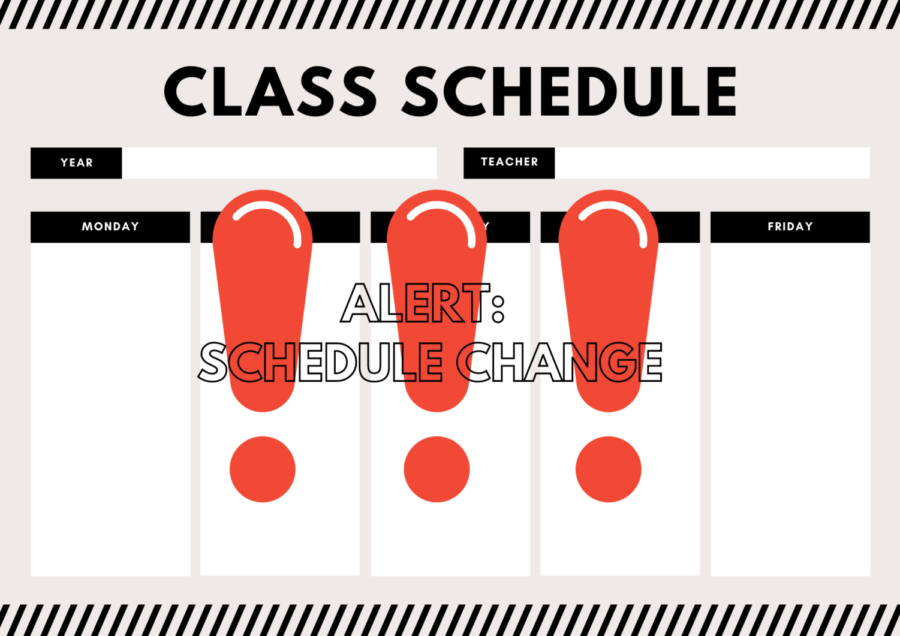Plant adds classes to reduce crowding
As a result of the additional classes, many students have received schedule changes.
With all students physically back on campus at Plant High this year, the hallways are more crowded, and many classrooms are full. As a result, the Hillsborough School District has decided to add more classes to help reduce class sizes.
The rules about class sizes can be complicated. The Florida Constitution states, “The maximum number of students who are assigned to each teacher who is teaching in public school classrooms for grades 9 through 12 does not exceed 25 students.”
Many individual classes at Plant exceed this limit. But Plant is within the state’s class-size rules, explained Erin Maloney, Department Manager of Media Outreach for Hillsborough County Public Schools.
“The first 10 days of school, our district always assesses enrollment to determine if we need to add or subtract units to schools in order to maintain class size compliance,” she said. “Plant High School is currently within class size compliance. The class size is calculated by core courses throughout the building, not per classroom. There are around 300 or so core classes as defined by the state, which do not include any AP classes, and other courses such as pre-calculus, trigonometry, American Literature, and others.”
Even though Plant complies with the rules, many students have been receiving schedule changes to help reduce their class sizes. Plant is not adding more teachers; it is creating new class periods so class sizes can be smaller. Susan Burkett, Chief of Schools for Hillsborough County, explained the reason for these additional classes and schedule changes.
“You are receiving additional classes due to some of your core academic classes being large,” she said. While [Plant is] in class size requirements due to the State’s definition, we always try to do the right thing by schools and add classes when they are needed, where they are needed.”
As an example, Mr. Ferlita’s second-period pre-calculus (a noncore class) had 39 students when the school year began. His classroom only has 30 desks. This left nine students without desks. Mr. Ferlita said it is more challenging to teach a class that large.
“I have more students this year by far than previous years; it’s more difficult to have more papers to grade, more difficult to make sure kids pay attention,” he said.
Mr. Ferlita chose to teach an extra period to reduce the class sizes of his other periods. The extra period also resolved the desk shortage in his classroom.
“Teaching the extra period is a choice,” he said. “The additional class provides a better chance of keeping all the students engaged.”
Ali Bergen, a junior in Mr. Ferlita’s class, said the reduced class sizes have been beneficial.
“It’s been better for learning when classes are not as crowded,” she said.


